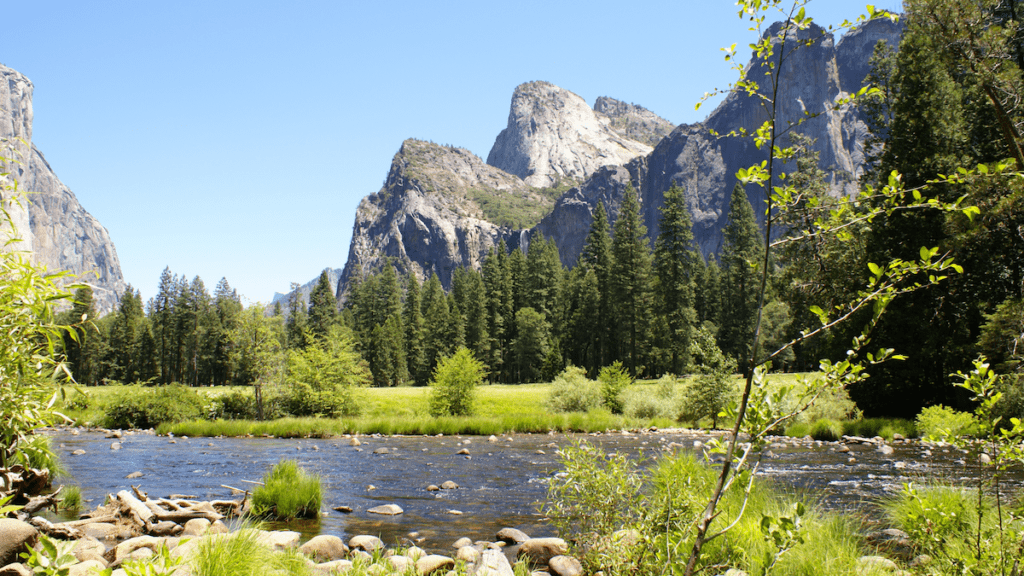Ecosystem services are the benefits that nature provides to humans. They include provisioning services, such as food and water; regulating services, such as climate regulation and flood control; cultural services, such as recreation and spiritual enrichment; and supporting services, such as nutrient cycling and pollination.
Unfortunately, ecosystem services are under threat. Human activities, such as pollution, deforestation, and climate change, are degrading ecosystems and reducing the flow of ecosystem services.
This is having a negative impact on human well-being and is making it more difficult to achieve sustainable development goals.
There are a number of things that can be done to protect ecosystem services. These include reducing pollution, conserving forests, and adapting to climate change.
We also need to change the way we think about and value nature. We need to see ecosystems as valuable assets that provide us with essential services, not as resources to be exploited.
Four Types of Ecosystem Services
Ecosystem services encompass the myriad of interactions between living organisms and their environment that contribute to human well-being. They are the products and processes that ecosystems provide, offering essential benefits that sustain and enhance human life.
These services can be categorized into four main types:
- Provisioning services are the products that ecosystems provide to humans, such as food, water, timber, and fiber.
- Regulating services are the benefits that ecosystems provide by regulating natural processes, such as climate regulation, flood control, and pollination.
- Cultural services are the non-material benefits that ecosystems provide to humans, such as recreation, spiritual enrichment, and aesthetic value.
- Supporting services are the processes that ecosystems provide that enable all other services to function, such as nutrient cycling, soil formation, and water purification.
Examples of Ecosystem Services

Ecosystem services are essential for human well-being. They provide us with the food, water, and air we need to survive, as well as the materials we use to build our homes and create our products. They also regulate our climate, provide us with recreation opportunities, and enrich our lives in many other ways.
Here are three examples.
Ecosystem services of forests
Forests provide us with timber, which we use to build our homes and furniture. They also provide us with clean air and water, and they help to regulate our climate.
Forests also provide us with recreation opportunities, such as hiking, camping, and fishing.
Ecosystem services of pollination
Pollination is the process by which plants are fertilized by pollen from other plants.
This process is essential for the reproduction of many plants, including food crops. Pollination is carried out by insects, birds, and bats.
Ecosystem services of wetlands
Wetlands provide essential ecosystem services, including water purification, flood mitigation, habitat support, carbon sequestration, and cultural and recreational values.
They act as natural filters, purifying water and maintaining water quality. Wetlands help mitigate floods by absorbing and storing excess water.
They provide diverse habitats, support biodiversity, and contribute to carbon sequestration, mitigating climate change. Additionally, wetlands offer spaces for recreation, cultural practices, and aesthetic appreciation.
Preserving and restoring wetlands is crucial for sustaining these valuable ecosystem services and promoting the well-being of both humans and the environment.
The Threats to Ecosystem Services
Ecosystem services are under threat from a number of human activities, including pollution, deforestation, and climate change.
- Pollution can harm ecosystems by killing plants and animals, and by making the air and water unsafe for humans and other organisms.
- Deforestation is the clearing of forests for agriculture, development, and other purposes. Deforestation reduces the amount of land available for ecosystem services, such as pollination and water purification.
- Climate change is causing the Earth’s climate to change, which is having a negative impact on ecosystems. Climate change is causing sea levels to rise, which is threatening coastal ecosystems. It is also causing changes in precipitation patterns, which is affecting the availability of water for ecosystems and human use.
How to Protect Ecosystem Services
There are a number of things that can be done to protect ecosystem services. These include:
- Reducing pollution
- Conserving forests
- Adapting to climate change
- Changing the way we think about and value nature
Reducing pollution can be done by reducing the amount of waste we produce, and by finding ways to recycle and reuse materials.
Conserving forests can be done by reducing the amount of land we clear for agriculture, development, and other purposes. We can also plant trees to replace those that are lost.
Adapting to climate change can be done by building seawalls to protect coastal areas from rising sea levels, and by developing drought-resistant crops.
It is also important to change the way we think about and value nature. We need to see ecosystems as valuable assets that provide us with essential services, not as resources to be exploited. We need to make decisions that protect ecosystems and the services they provide.








